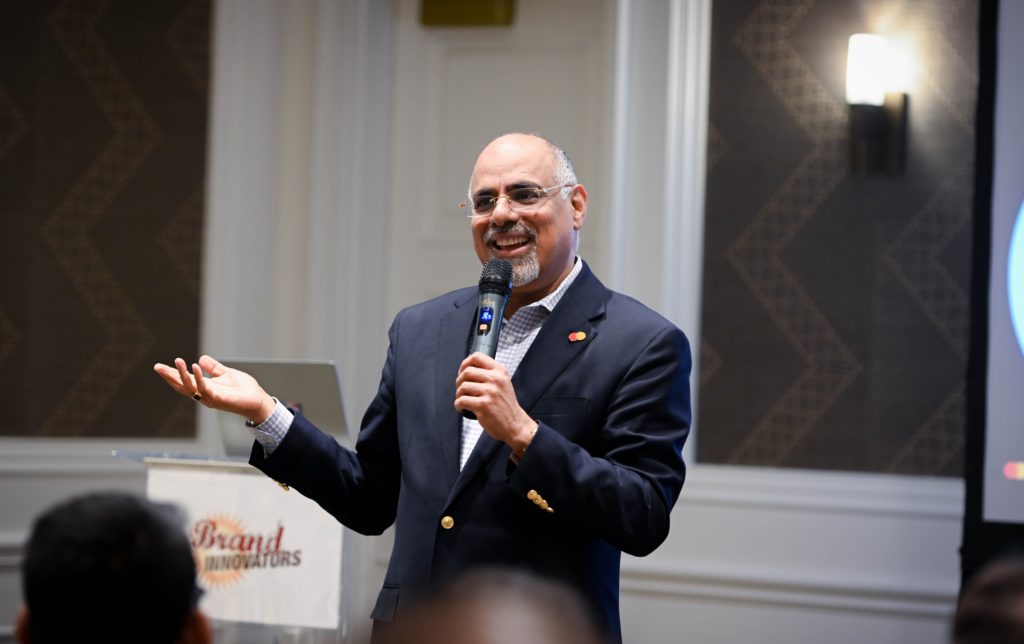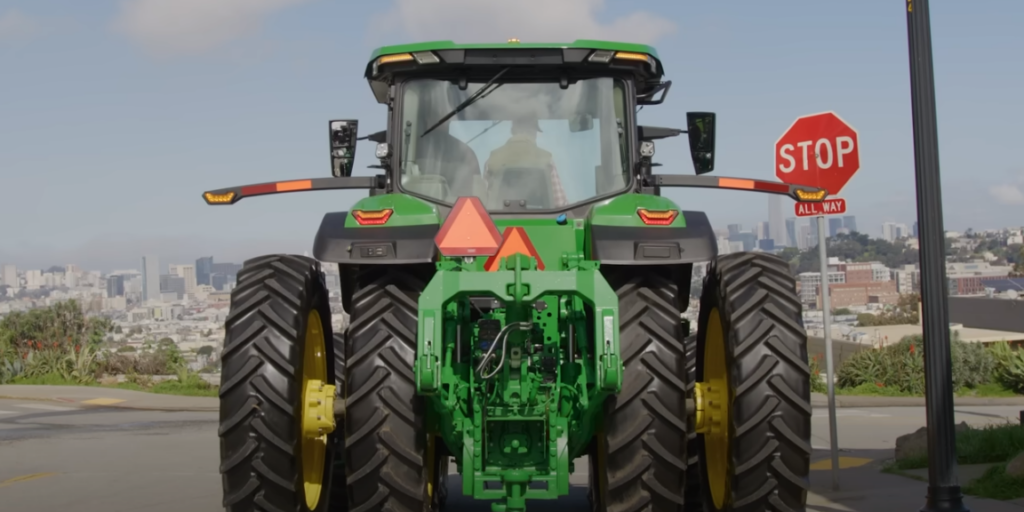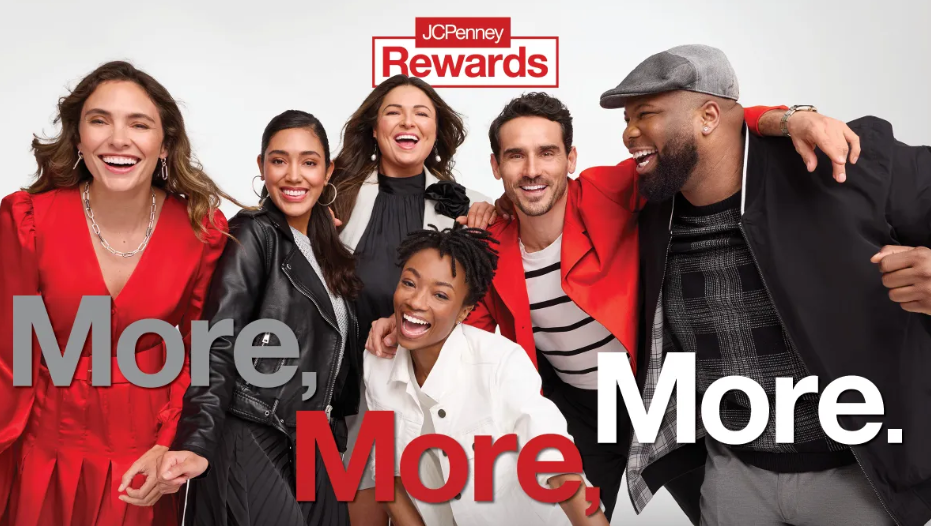But the problem runs deeper than these sorts of contextual clashes. The platforms that host content share the ad revenue, supplied by brands, with the content creators. In 2017, The Times ran a story that showed top-tier brands were unintendedly funding terrorist organizations and pornography.
When brands advertise online, they are often blind to exactly where their messages will be placed because the audience is selected by algorithms. Since an enormous amount of content is uploaded every single hour, around the world, it makes sense that online platforms would rely on “programmatic” techniques to accommodate the enormous scale.
The problem hasn’t gone unaddressed. Online platforms have introduced new measures and, as marketers, we’ve seen some incremental improvements like content selection tools and brand safety report cards. However, we have a lot more ground to cover.
Rallying together to effect a change
Until recently, most brand safety conversations were dealt with on a case-by-case basis and it hasn’t been enough to effect meaningful change. In order to find effective, scalable solutions, we need a dialogue at the global industry level.
To this end, a consortium of brand owners, under the leadership of World Federation of Advertisers, launched the Global Alliance for Responsible Media (GARM). This charter includes 26 global companies (P&G, Unilever and Mastercard to name a few) along with the top media agency holding companies and social networks. Together, we’re collaborating to do more to address harmful and misleading media environments, and to deliver a concrete set of protocols for protecting brands.

GARM is striving to:
- Establish shared, universal safety standards and measures. It’s impossible to solve a problem you can’t see or describe in a common way – so GARM is committed to creating a common framework that defines the problem at every level.
- Improve and create common brand safety tools across the industry. Given the scale of the problem, it’s impossible to generate tactical responses to every challenge, market and platform – which is why we’re focused on ensuring that each platform lives up to a set of expectations and then harmonizes solutions when and where possible.
- Drive mutual accountability and independent verification. To verify that what we’re doing is working, we’ll have independent oversight to ensure that there is appropriate definition and identification of bad actors (who publish harmful content) to effectively remove them from brand investment – and from the platforms themselves.
Here’s the bottom line: the entire digital ecosystem is kept afloat by the money we, the brand owners, spend on ads. We need to put our mouth where our money is and drive this change across the industry.
I urge every CMO and social platform to join the GARM. We owe it to our brands, our craft and to the society at large, to keep internet brand safe and safe for society. We need to influence and drive positive changes in the ecosystem.
You can find out more about GARM and how you can help here.
This piece was reprinted with permission from Raja Rajamannar’s LinkedIn. You can also find him on Twitter.




